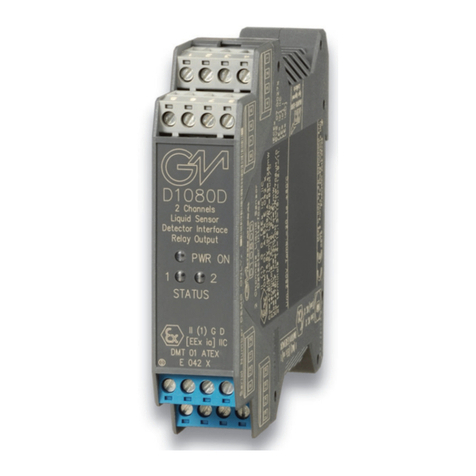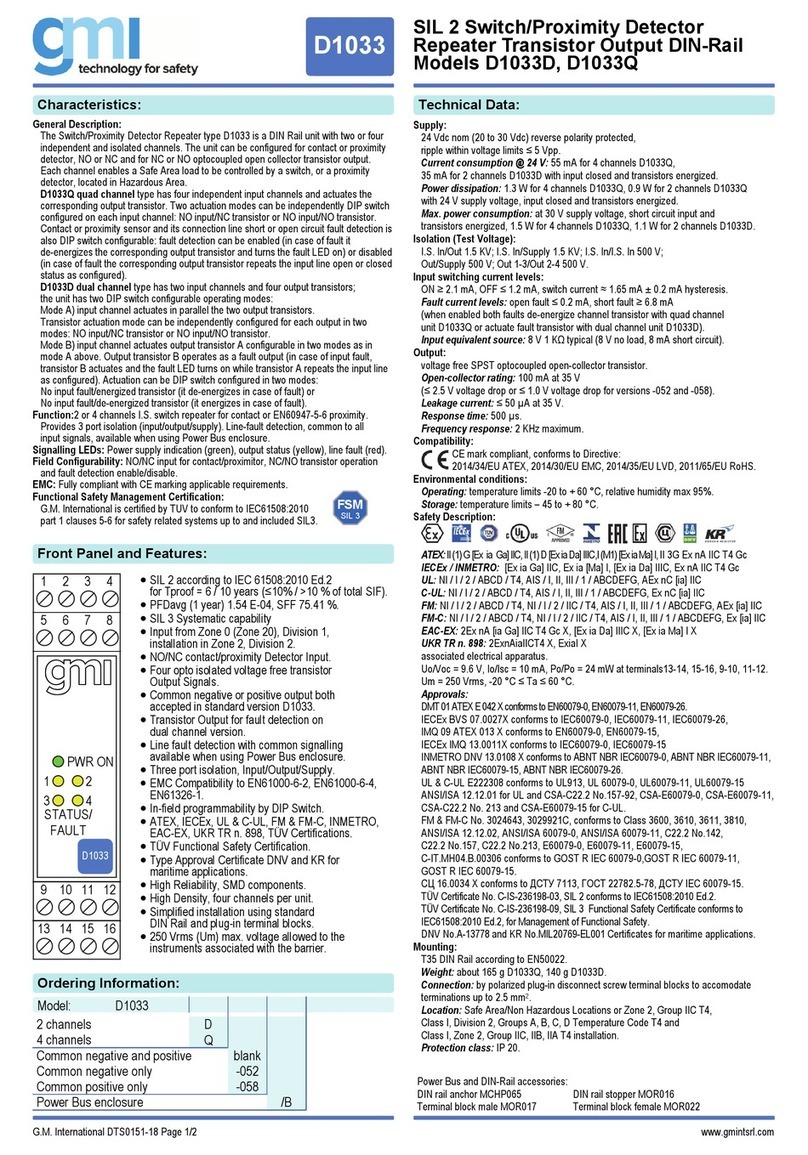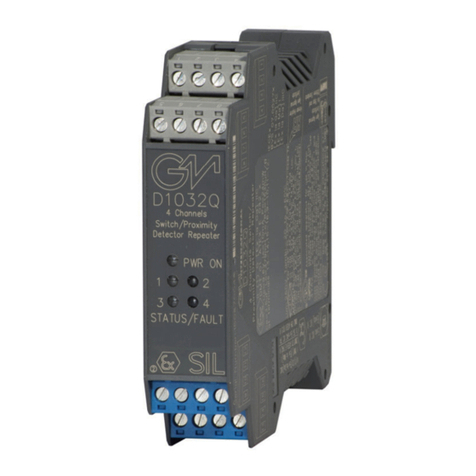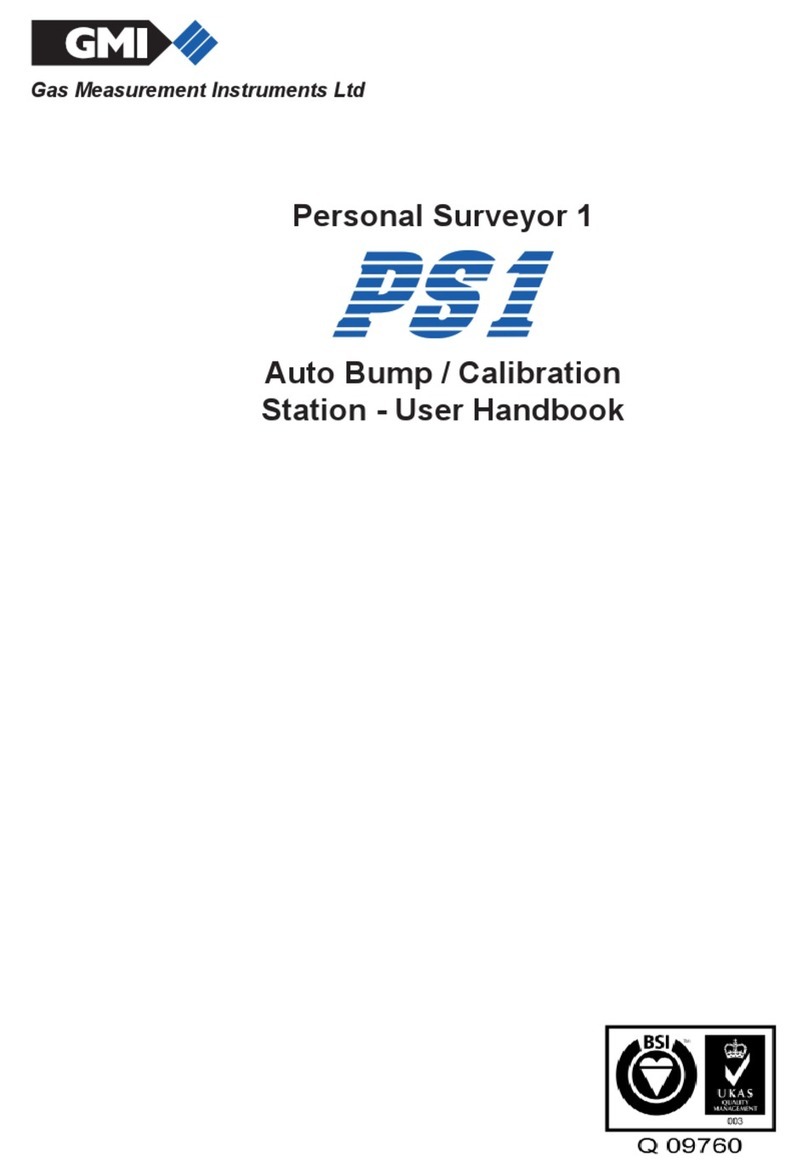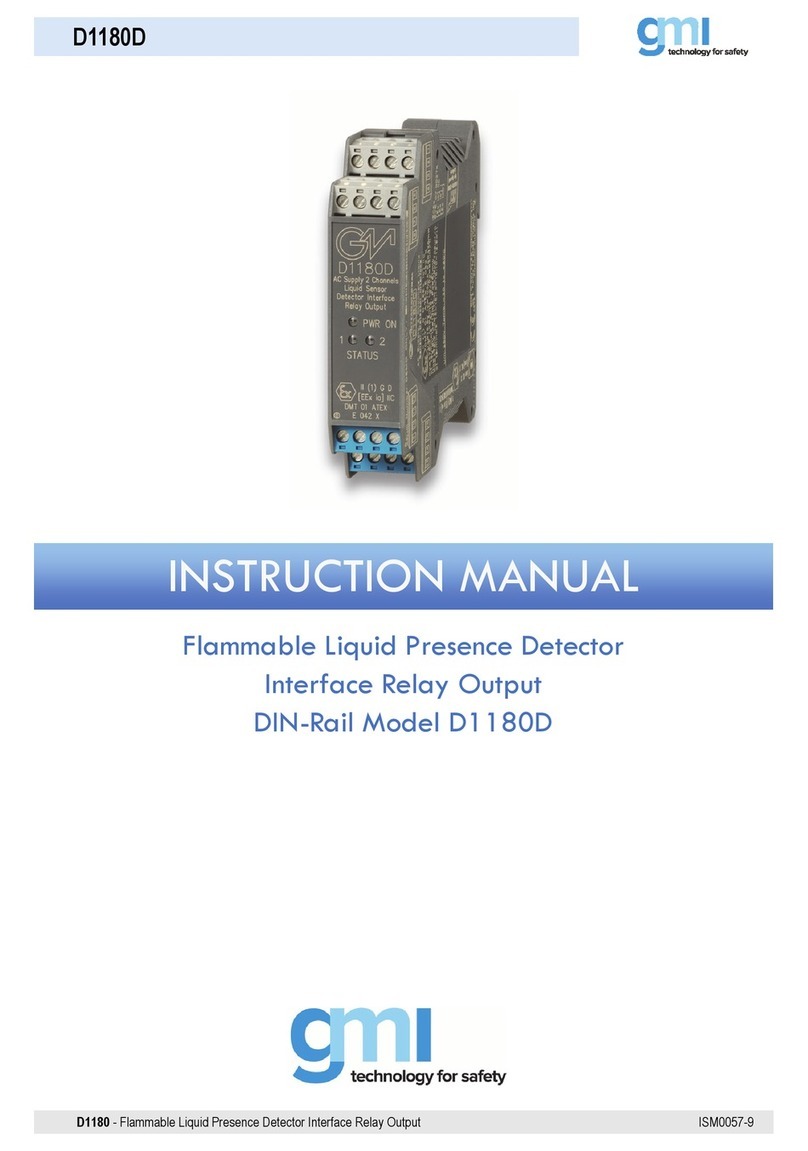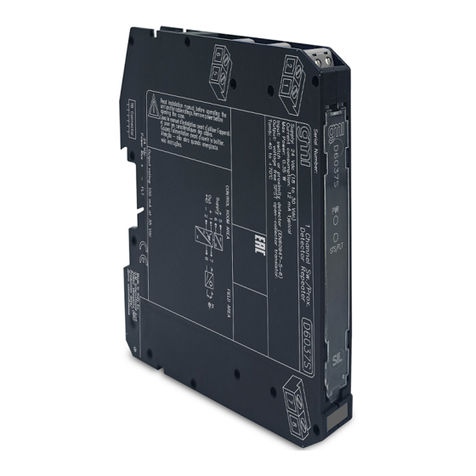
USER HANDBOOK
viii
2. OPERATION......................................................................................................................... 2-1
2.1 SWITCHING THE INSTRUMENT ON ............................................................................................................................ 2-2
2.2 NORMAL OPERATING DISPLAY................................................................................................................................... 2-6
2.2.1. Life Remaining...................................................................................................................................................... 2-6
2.2.2. Battery Low / Exhausted....................................................................................................................................... 2-6
2.3 SWITCHING DISPLAY BACKLIGHT ON........................................................................................................................ 2-7
2.4 VIEWING MAXIMUM / MINIMUM VALUES.................................................................................................................... 2-7
2.4.1. Clearing the Max / Min Values .............................................................................................................................. 2-8
2.5 REMOTE SAMPLING..................................................................................................................................................... 2-8
2.6 SWITCHING THE INSTRUMENT OFF .......................................................................................................................... 2-9
2.7 OPERATOR MESSAGES / FAULT FLAGS .................................................................................................................. 2-10
2.8 TEST..............................................................................................................................................................................2-11
3. ALARMS............................................................................................................................... 3-1
3.1 ALARM DISPLAY............................................................................................................................................................ 3-2
3.2 ACKNOWLEDGE ALARM(S).......................................................................................................................................... 3-4
3.3 MUTE ALARM(S)............................................................................................................................................................ 3-4






